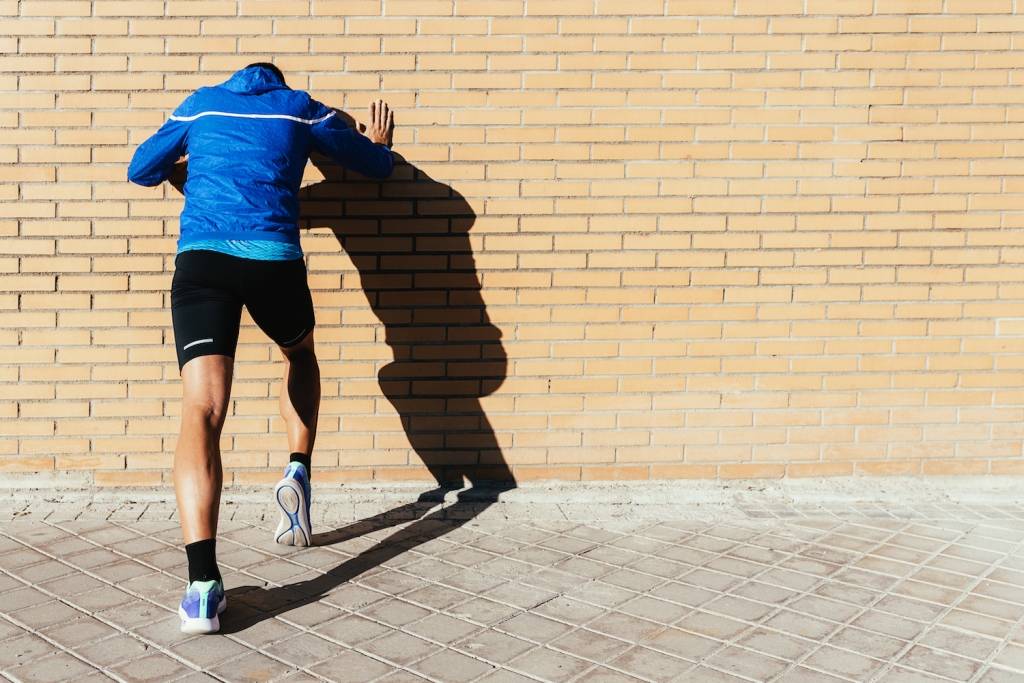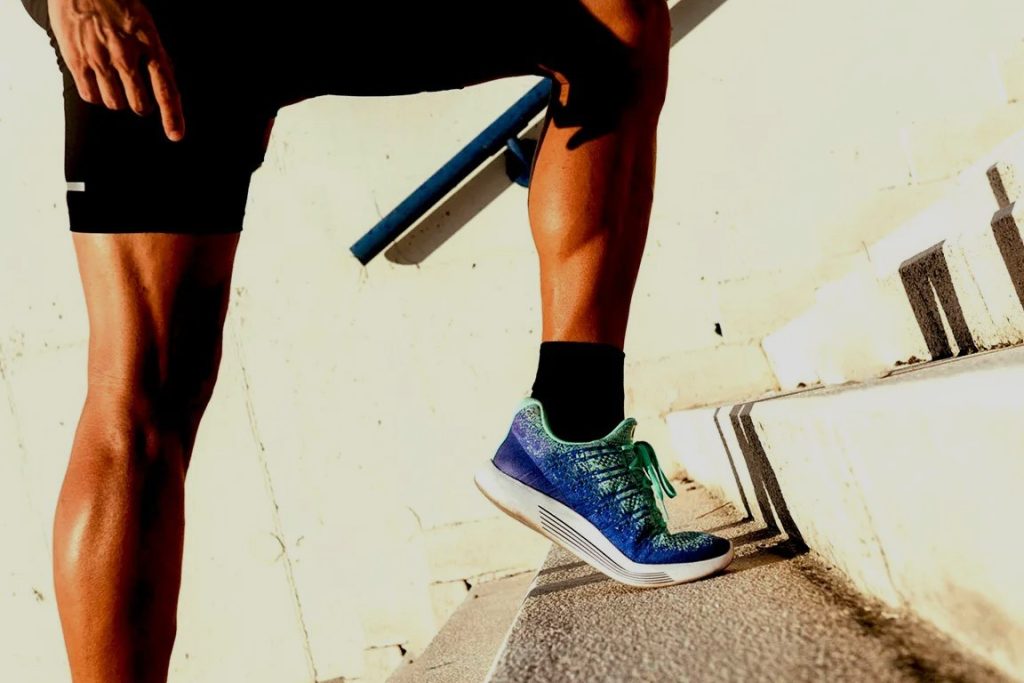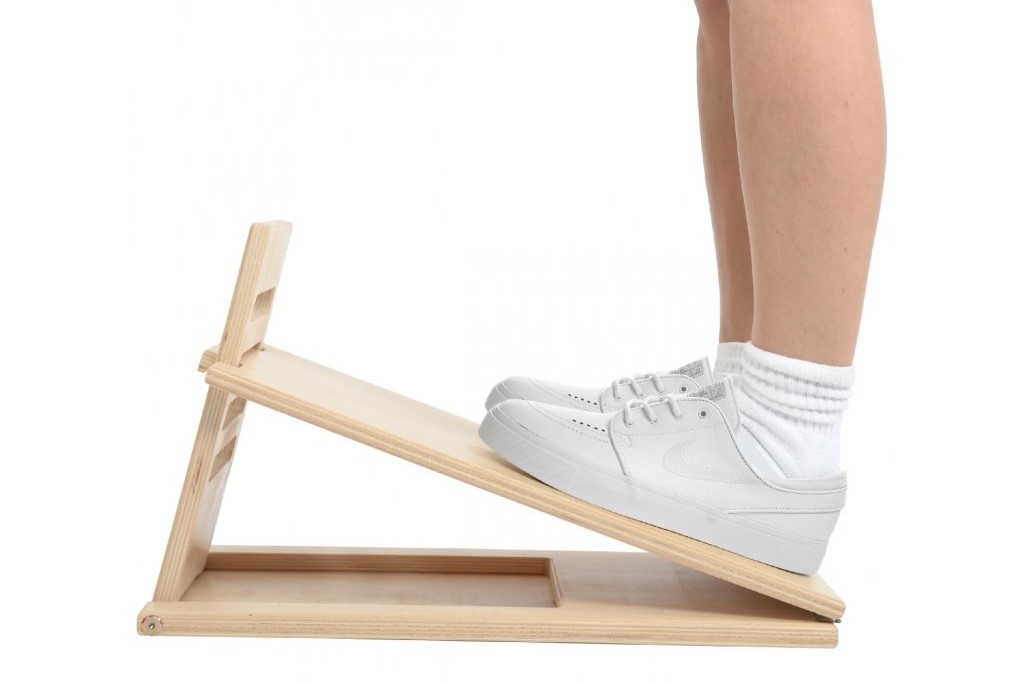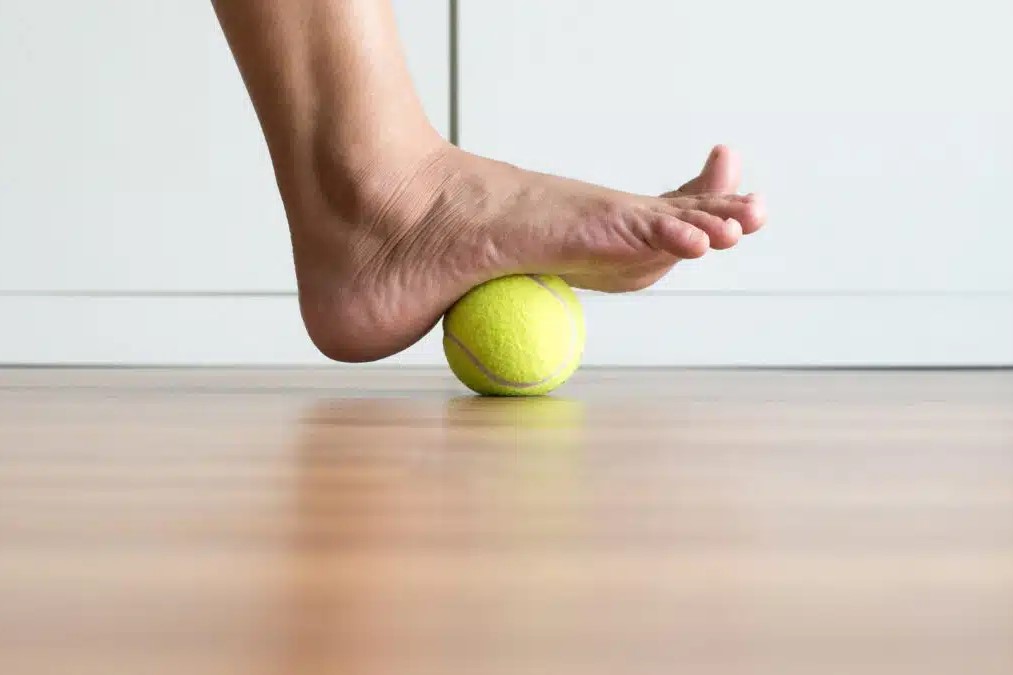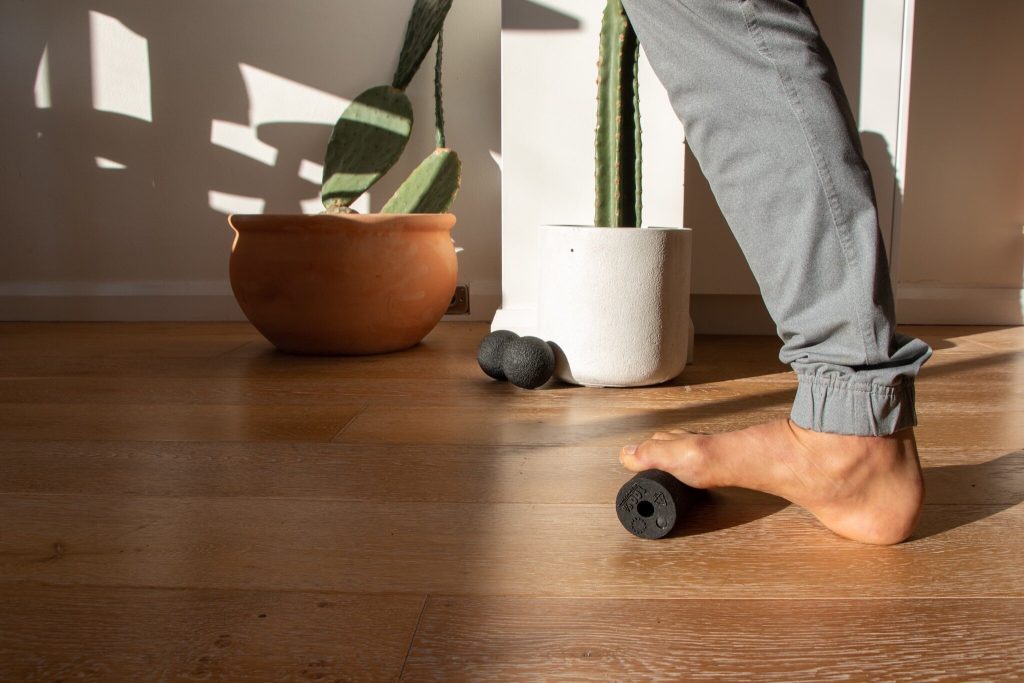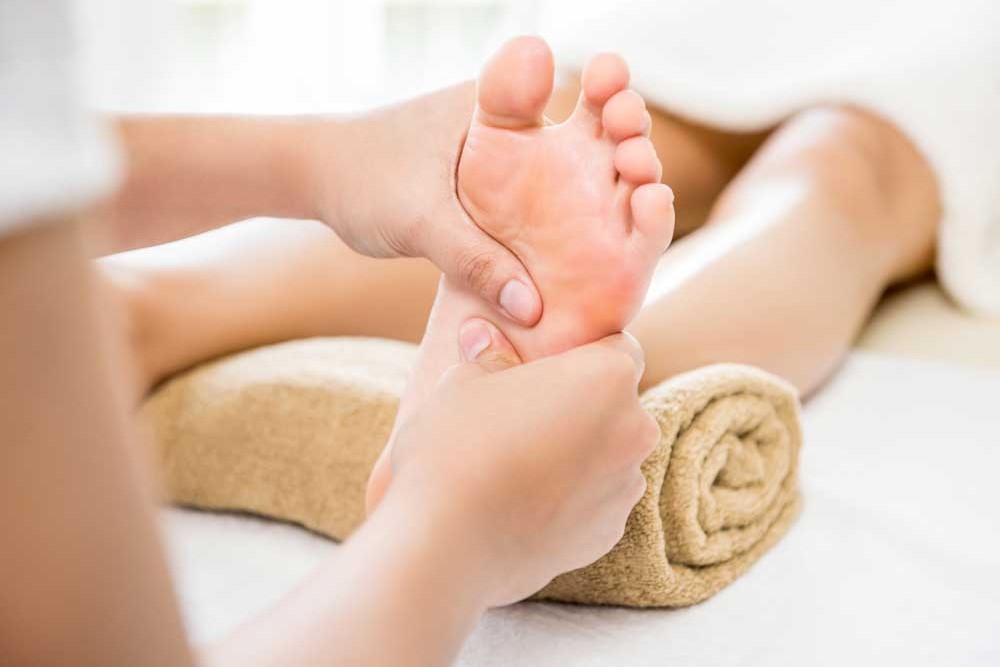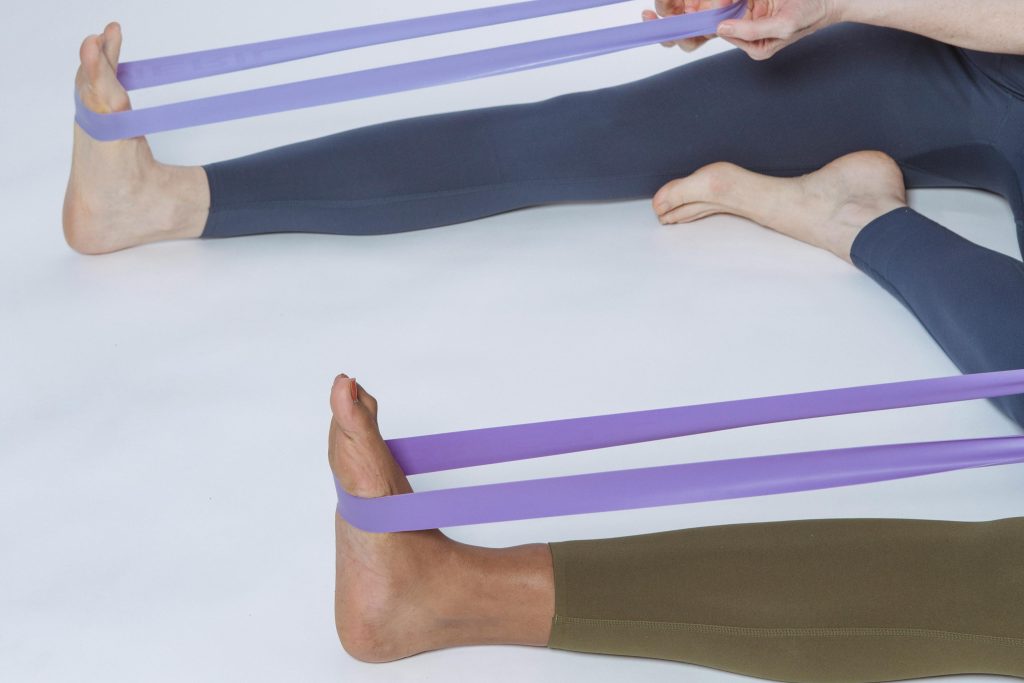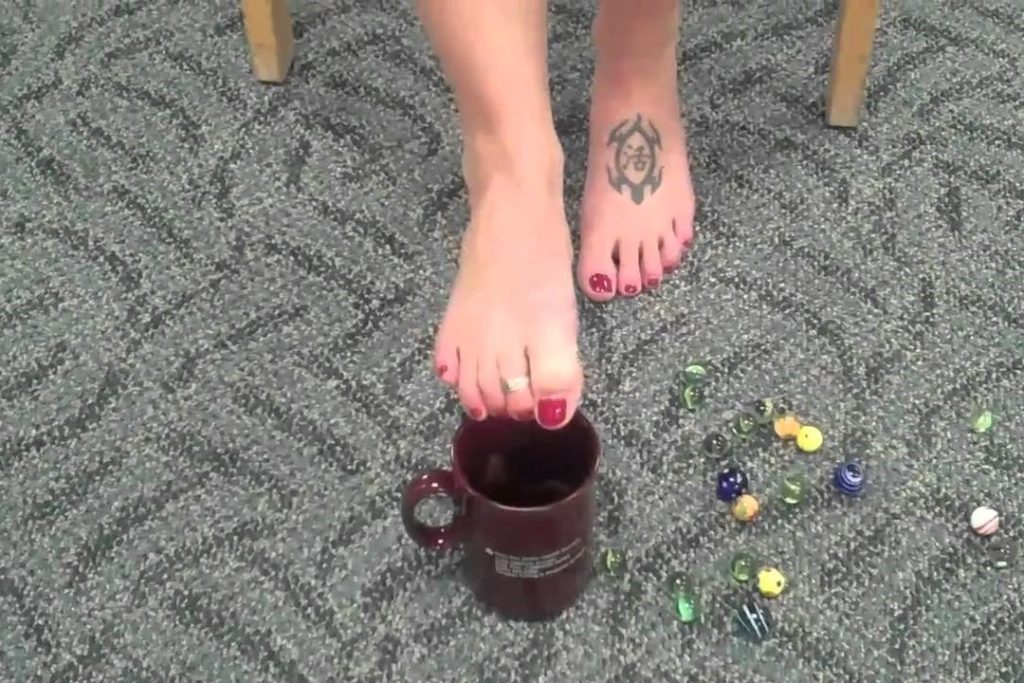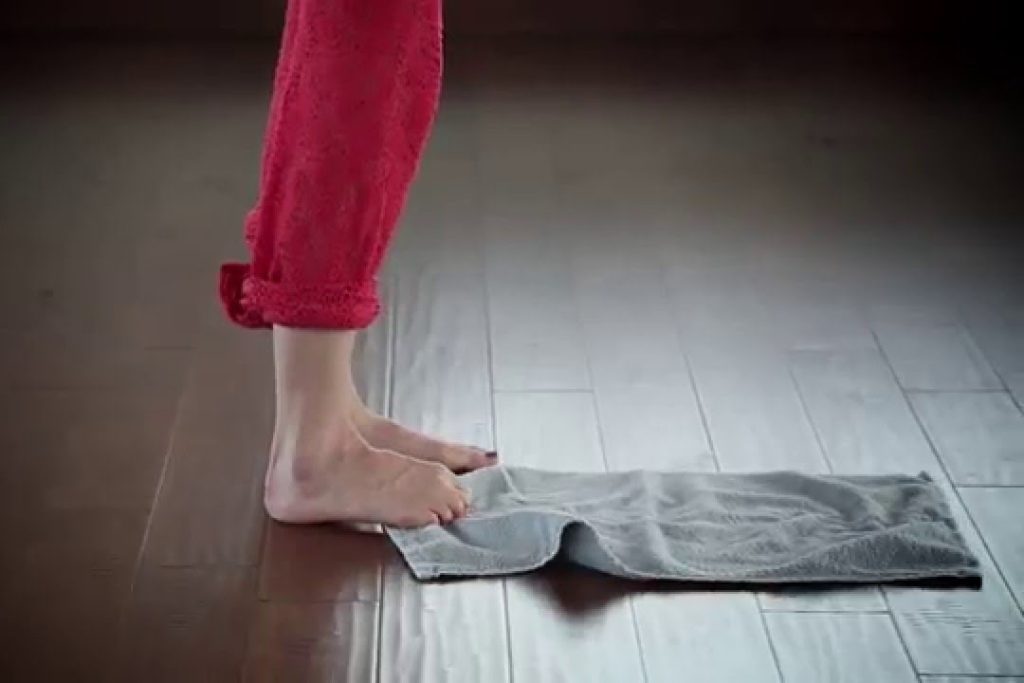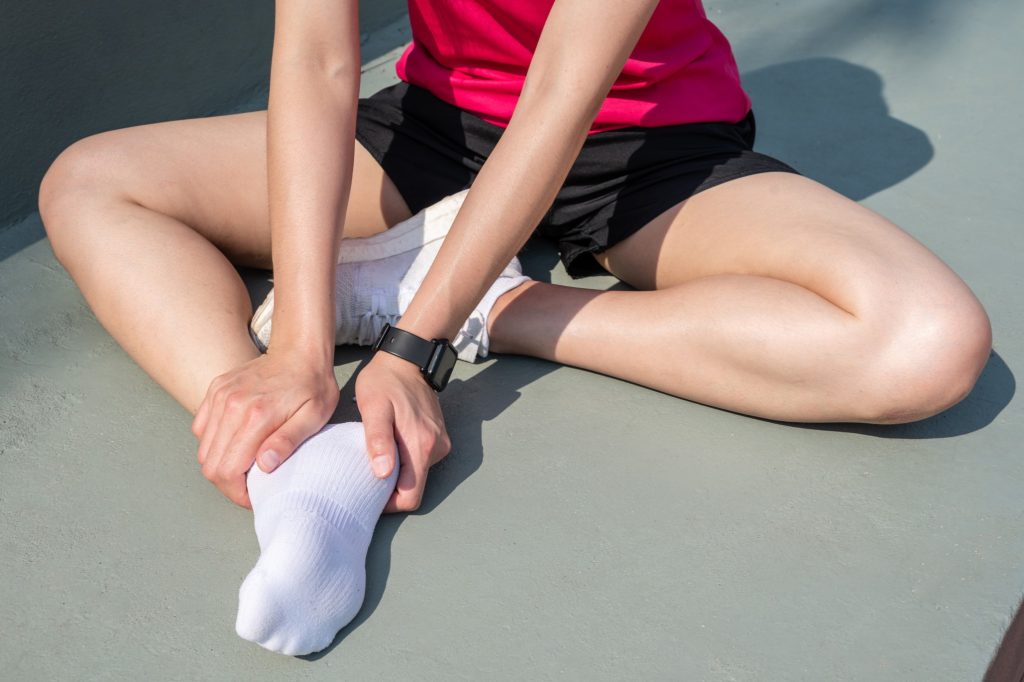
Do your feet hurt when you start walking? Does the pain come back? Are your heels taking the brunt of the pain? There’s a probability that you might have plantar fasciitis.
We’ve talked about the basics of plantar fasciitis and its risk factors in a previous article. In this one, we’re going to delve into its various common treatment options. Feel free to pick from any of the following. Just remember to look through all of them first before choosing the best for you.
The Common Treatment Options for Plantar Fasciitis
1. Conservative Treatment
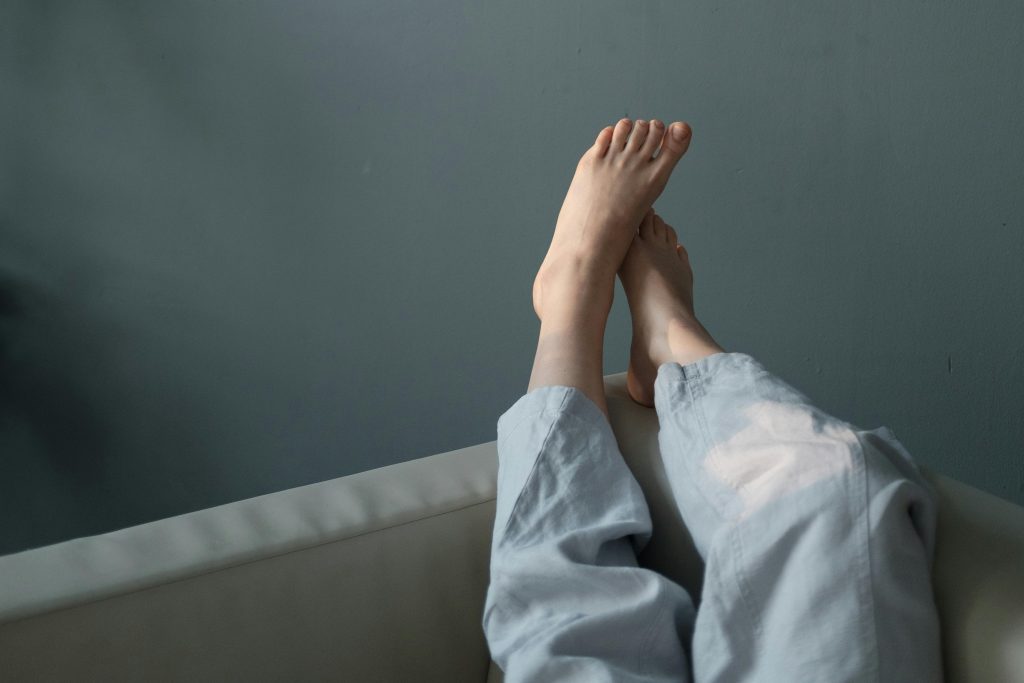
The initial treatment you can do for your feet is also the most effective initial at-home care. The conservative treatment for plantar fasciitis is primarily what they call the R.I.C.E. Method. This method, which also works for other acute musculoskeletal injuries, involves four things: rest, ice, compression, and elevation.
Rest
The consistent pain and inflammation already make you want to keep off your feet for a while, for good reason. It’s best to not put any weight on your feet for the time being. At least until the inflammation goes down for a bit. Make sure to stay away from any physical activity that might cause more pain. You can also adapt your everyday activities to your current circumstances.
Ice
Icing an injury like plantar fasciitis is a simple way to cool down the inflammation. There are several ways you can ice your feet.
The first one involves making an ice pack of your own. You can use crushed ice in a plastic bag or even a package of frozen vegetables like peas or corn. Cover it with a piece of cloth. Place the pack on the affected area for around 15-20 minutes three to four times a day.
The second way is to soak your feet. Using water, ice, and a shallow pan or basin, soak your feet for 10-15 minutes several times a day. Submerge your feet not including your toes. There is also the option of reusable gel packs. Focus on the heel and sole of our feet.
Compression
Compression is when you wrap the sore or injured region. When done properly, the pressure minimises swelling and movement while providing support.
A popular way to wrap your feet is with taping. Specifically, using athletic tape like elastic adhesive bandages or kinesiology tape. A snug fit with the bandages is ideal. It shouldn’t be too tight so it won’t disrupt normal blood flow. If you feel a throbbing sensation, redo the taping.
Compression socks are also beneficial for people with plantar fasciitis. These socks give ample compression on the arches of your feet. They support the plantar fascia while stretching the ligament a bit. While they’re on, you’ll feel less pain as well.
Elevation
Lastly, there’s elevation. Raise the injured part of your body (in this case, the feet) above the level of your heart. This position lets your injury have a clear path to drain blood and other fluids back to the heart. It promotes proper blood circulation while lessening pain and swelling in the area.
It’s not as difficult as you would believe. You can simply prop your feet up while lying down on the couch or in bed. Ideally speaking, elevate your feet at around 6-10 inches right above your heart. Use a bunch of pillows for maximum comfort.
2. Manual Therapy
Manual treatments are another form of medical care you can do at home. As opposed to the R.I.C.E. method, this treatment involves gradual movement of your feet. It’s mainly about stretches and strengthening exercises.
Stretches
Stretches are crucial for your recovery. Stretching can correct the tightness in the calf muscles. When done in the right way, it can provide faster relief from plantar fasciitis. Below are the basic stretching techniques you can do by yourself in your own home:
- The first set of stretches you can do is wall-facing calf stretches (Figure 1). It’s a low-risk way to loosen your plantar fascia.
- The next one involves the use of a staircase or just a single step. Curb stair stretches (Figure 2) are another set of easy stretches for your feet. An alternative to this is using a calf stretcher.
- As for slant/incline board stretches (Figure 3), you need an incline board to help you execute these stretches properly.
- Do more dynamic stretches with the arch of your foot. Roll the foot over a can, bottle, tennis ball (Figure 4). You can also roll your foot over a foot roller (Figure 5).
- Cross-friction massage (Figure 6) is more of a massage than a stretching activity. In this case, a massage therapist slides their hands on your feet without any lubricant.
- One of the best stretches you can do for your feet is with a resistance band (Figure 7). If you want an insight or two on resistance bands, feel free to click on our link here.
Strengthening Exercises
Now that your feet feel better, it’s time to strengthen your plantar ligament with a couple of easy exercises. To give your foot muscles a fighting chance, do a couple of sets of tower curls and marble pickups.
- Marble pickups are a strengthening exercise that you can do right now. All you need is a chair, a mug, and a couple of marbles.
- Another strengthening exercise you can do while seated is towel curls. Instead of the marbles, you try to pick up a towel that’s on the floor with your toes.
3. Medications

It’s a good thing there are a variety of medications, specifically targeted to relieve pain, that you can take. Naproxen sodium is widely used to reduce fever, inflammation and pain. This drug is classified under nonsteroidal inflammatory drugs (NSAIDs). It can be purchased as an over-the-counter medication as well as a prescription.
Ibuprofen is also a wonderful over-the-counter medication option. You can find that Neoprofen, Advil, and generic ibuprofen will do the trick in a pinch.
4. Non-surgical Approaches
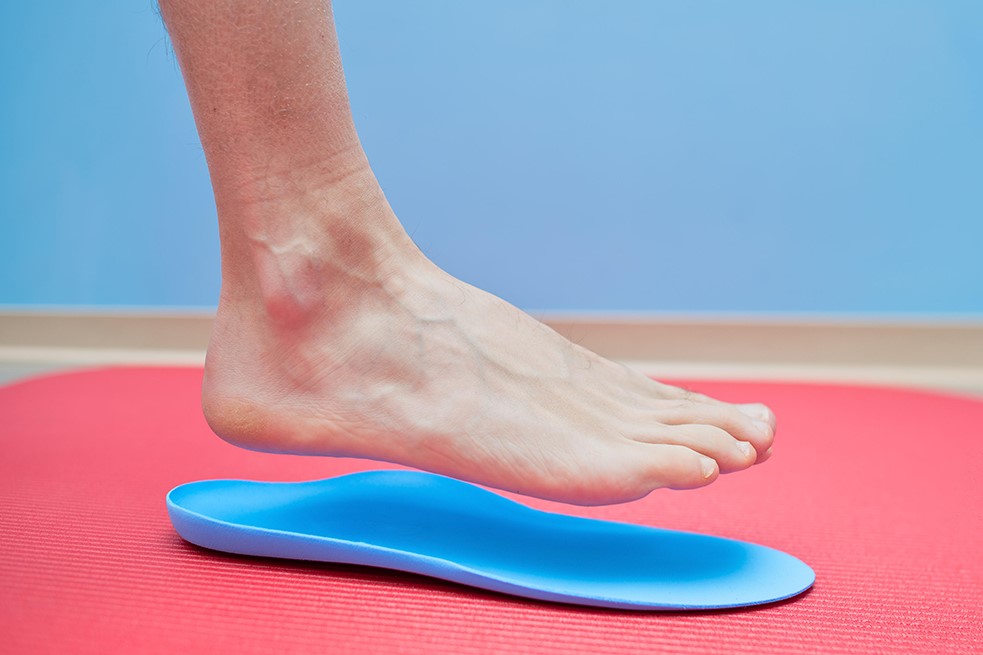
In this section, we’ll delve into the other approaches you can use to treat plantar fasciitis. With the help of healthcare professionals, there are a variety of supports that are available to you.
Physiotherapy
A registered physiotherapist can provide everything you need to know about treating plantar fasciitis through physiotherapy. They can show you the step-by-step process themselves that can strengthen the plantar fascia and Achilles tendon. They can also show you how you can properly wrap your feet with sports medicine tape.
Crutches, Canes, and Walking Boots
The main purpose of walking boots, canes, and crutches is to minimise the weight you put on your feet. Being on a cane or crutches can greatly reduce the pressure on the plantar fascia while it heals. A healthcare professional like a physiotherapist could suggest you use any of these for 1-3 weeks, depending on your treatment.
Orthotics
Orthotics are mainly arch supports you can purchase off-the-shelf or have custom-fitted for you. Something like insoles or an ankle brace distributes your weight evenly while putting minimal burden on the plantar ligament. You can wear one for a couple of months even during some low-impact exercises.
Night Splints
If you think a brace sounds promising, you’ll probably really like night splints. Night splints are another form of braces that you can wear in bed. Like many of the options above, they can greatly reduce the pain you feel from plantar fasciitis. It keeps your feet in a straight and stiff position, slightly stretching the bottom of your feet while you sleep.
5. Surgery and Others

The previous therapies and procedures are not always foolproof. After a couple of months and nothing’s changed, here are other recommendations from your local healthcare professionals:
Different Injections
Apart from oral medications, there are several types of injectable ones that you can benefit from depending on their purpose.
A person can achieve temporary pain relief by injecting steroids in the affected regions. A condition like plantar fasciitis only needs a total of three shots. To be safe, a patient gets one shot every two months up until it heals.
With regards to helping in tissue repair, plasma can be injected as well. The platelet-rich liquid is taken from the patient’s blood. With the help of ultrasound imaging, the plasma is precisely injected into the tender spots.
Ultrasonic Tissue Repair
Ultrasonic tissue repair is a minimally invasive procedure that involves an ultrasound. The ultrasound imaging acts as a guide for the probe. The needlelike implement is directed to the injured area where it then quickly breaks down and removes the damaged tissue.
Extracorporeal Shock Wave Therapy
Instead of a needle, extracorporeal shock wave therapy uses sound waves to stimulate healing. If you have chronic plantar fasciitis, this is a treatment you can do next. It’s a rather effective therapy for some individuals, though it’s not as consistent as the rest.
Surgical Operations
In some severe cases, none of the treatments work. If all else fails, surgery should be your last choice. To finally alleviate chronic plantar fasciitis, a surgeon carefully separates the plantar fascia from the heel bone. This can either be done with some local anaesthesia and a small incision or as an open surgical procedure.
Alternative Treatment Options for Plantar Fasciitis
Medications and such are not your only options for treating plantar fasciitis. Provided that you’ve tried medications, and conservative and manual therapy with little results, you can also try acupuncture or dry needling.
1. Acupuncture
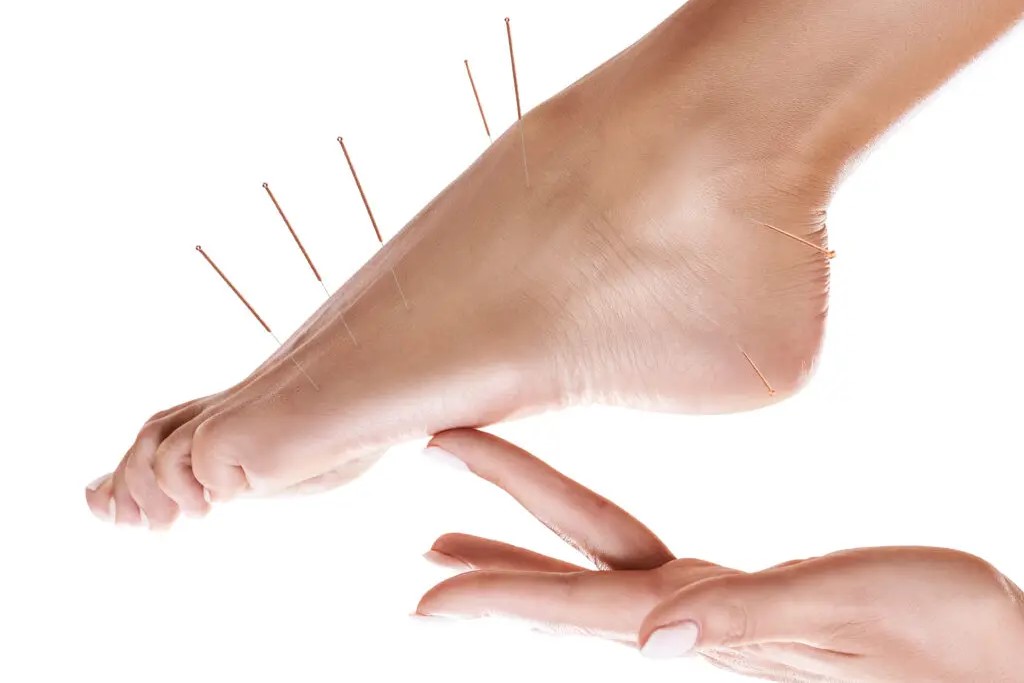
Acupuncture is a rather effective way to deal with plantar fasciitis. Through the use of a couple of strategically placed needles, a trained acupuncturist can relieve foot pain and stimulate healing. In some cases, others prefer this method since it works better for them over the more conventional means.
For this particular condition, it’s ideal to get acupuncture around twice a week for at least three weeks. Athletes like runners can experience significant improvements in their pain in as little as six sessions.
2. Dry Needling
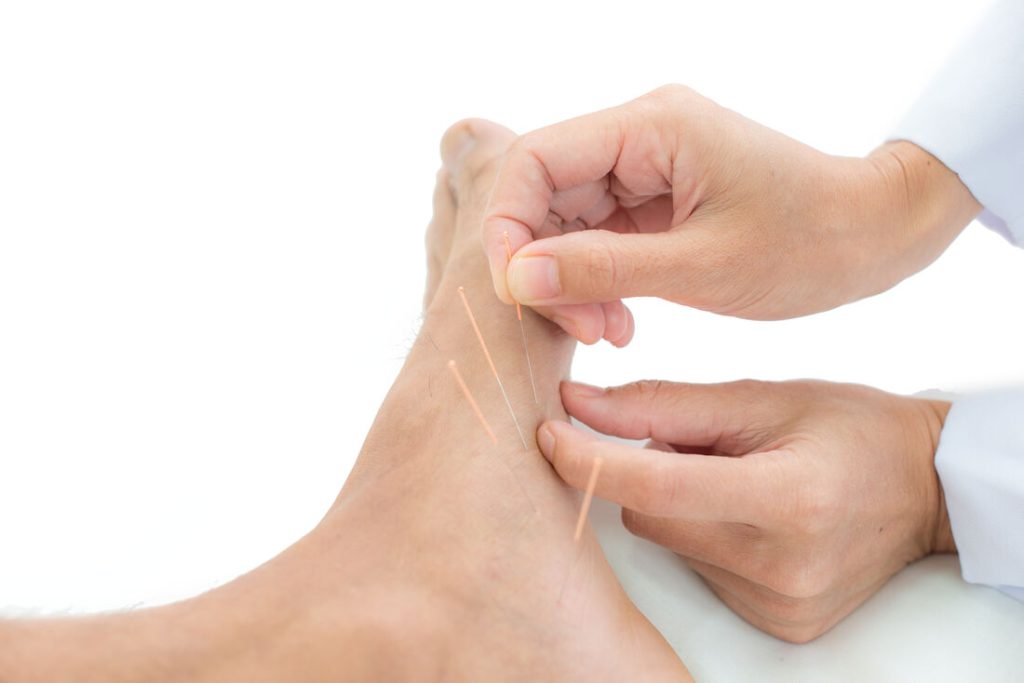
Another course of alternative treatment you can try is dry needling. Also known as trigger point therapy or myofascial dry needling, it involves thin and sterilised nickel-plated needles. Each needle is inserted in specific trigger points which are usually knots in the muscles.
It’s different from acupuncture because dry needling stimulates a patient’s nervous system, which in turn can relieve pain and tension. It also improves motion and blood circulation after a couple of sessions.
Depending on the severity of the condition, dry needling can be added to your long-term treatment. Other cases of plantar fasciitis can be handled with just one session per week for two weeks.

